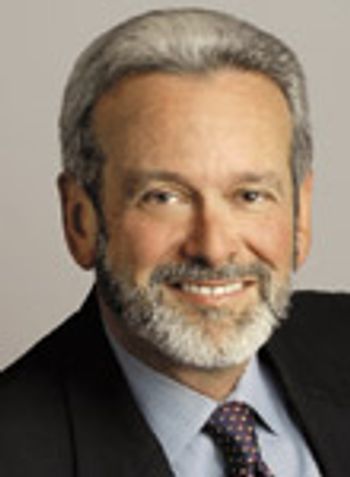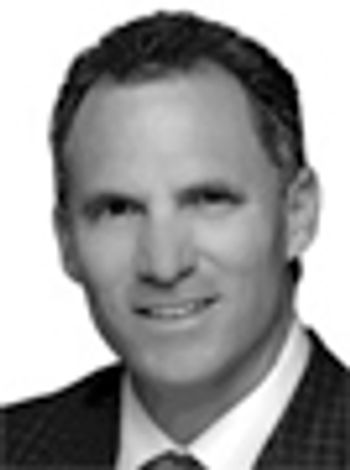
Or: No news is good news--for everyone but us reporters

Blockbuster antidepressants linked to bone loss in seniors

Catching up with the first ouchless fast test on National HIV Testing Day

Big crop of oncology drugs is the fruit of Garnier's excellent restructuring

Maraviroc's promise shows the value of expanded-access programs

The take-home from the American Society of Clinical Oncology.

But no news is good news for a drug?s safety profile, a new study says

Active Care Network and biotech partners aim to increase patient compliance.

Drug makers find it hard to recoup development costs, report finds.

Restasis goes against the grain of Rx-to-OTC switching.

It's not FDA's job to make doctors and patients take more responsibility for using drugs wisely. But whose job is it? Really, whose?

Cell Genesys knows something about building successful biotech companies. In fact, its chairman and CEO, Stephen Sherwin, MD, a Genentech alum, has built at least three, if you count Cell Genesys spinouts Abgenix and Ceregene. Through a strategy of M&A and licensing programs-plus betting on the right technology at the right time-Cell Genesys has been able to raise enough capital to gamble on what Sherwin believes could be the future's most promising therapies, including gene activation, immunotherapy, and oncolytic virus therapy.

The danger is that effectiveness studies could be used to limit coverage to low-cost products and that additional research requirements for sponsors could be costly

With fewer feet on the street because of downsizing at many drug firms, sales reps and managers need to work smarter-and that means working with information that's both accurate and up to date

A week and a day after the nation?s leading medical journal announced that Avandia poses a much higher heart attack risk than either its maker, GlaxoSmithKline, or FDA had previously reported, the media dustup has come nowhere near peaking. Meantime, analysts are already revising?downward?the damage to GSK?s blockbuster anti-diabetes drug in the face of what appears to be a rush to switch on the part of doctors and patients.

Schwarz's Neupro is company's first new chemical entity launched in US.

High settlement could suggest frustration with pharma's marketing tactics.

Companies are poised to speed up investments in electronic data capture.

Senate report suggests drug makers have too much influence on CME content.

Allergan launches celebrity campaign for Botox and Juvederm.

The top 50 pharmaceutical companies, ranked by prescription pharmaceutical drug sales, plus rankings of top products, R&D spend, and more.

In march, us rep. rahm "Mr. Television" Emanuel (D-IL) reintroduced legislation aimed at what he calls "driving down the price of prescription drugs." But the only thing such legislation would accomplish would be the "driving down" of pharmaceutical innovation.


Pharma industry alliances are increasingly critical to success. They are gaining on R&D in terms of importance, especially since many companies are falling short in their internal pipelines and need to look outside for promising compounds. Today, nearly two-thirds of the top 20 pharma and biotech companies have established alliance-management functions. These usually cover deals in the discovery, development, and marketing space.

The push is on to establish an approval pathway for generic versions of biotech therapies. The Hatch-Waxman Act of 1984 established a process whereby generic-drug manufacturers could obtain approval for a product based on the innovator company's data. But Hatch-Waxman doesn't apply to biologics regulated by the Public Health Service Act, and generics makers-as well as some Big Pharma companies and small biotech firms-want Congress to give the Food and Drug Administration authority to set up a similar process for these products as well.

It's not always obvious just who is reponsible for the various steps of pharmacovigilance.

Over the past 20 years, drug companies went from having carte blanche to set drug prices to operating in an ever more tightly controlled environment. Instead of doctors calling the shots, government and private payers are becoming increasingly vocal about which drugs they will and will not cover. Frustrated patients, in turn, are getting anxious about their out-of-pocket costs and access to the medicines they need.

With legislation pending in Congress, generics makers begin investments in follow-on protein drugs.

PharmRep Subscriber Kit

Class action suits across the country challenge firms to pay overtime.